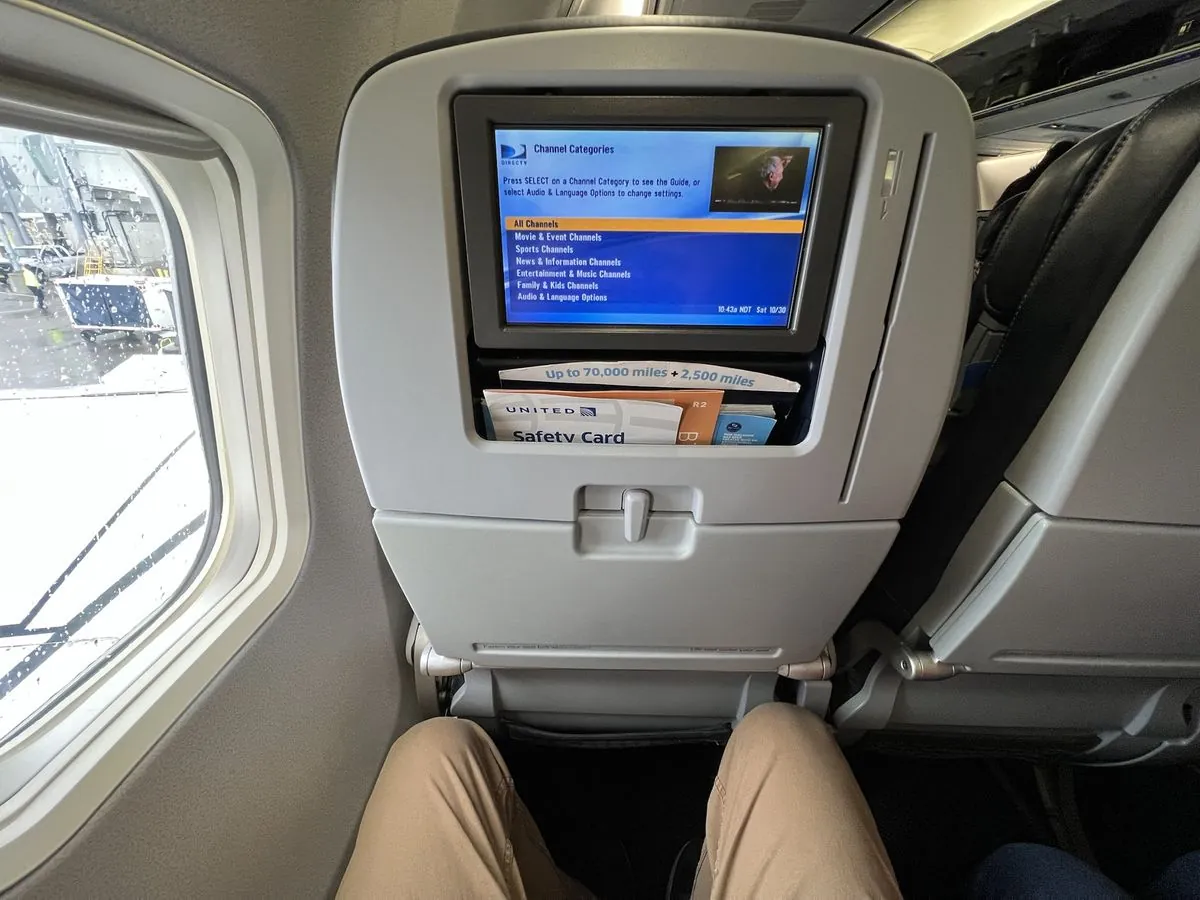United Airlines is set to become the latest major U.S. carrier to offer complimentary in-flight internet access, utilizing Elon Musk's Starlink satellite technology. This move aligns with the growing industry trend of providing free connectivity to passengers.
The airline plans to initiate the rollout of free Starlink WiFi starting in 2025, with the aim of equipping its entire fleet of over 1,000 aircraft over the subsequent years. This significant upgrade will enable passengers to enjoy seamless internet connectivity at cruising altitudes, mirroring the experience they have on the ground.
Scott Kirby, CEO of United Airlines, emphasized the transformative nature of this service, stating that passengers will soon be able to perform virtually any online activity at 35,000 feet, regardless of their global location.
In-flight WiFi has evolved from a luxury to a standard offering on most U.S. flights. Currently, United Airlines charges $8 for MileagePlus members and $10 for non-members to access their WiFi service. However, this new initiative will eliminate these fees, making internet access freely available to all passengers.
United Airlines is not the first to implement such a policy. Delta Air Lines pioneered free in-flight WiFi among legacy carriers in February 2023 for domestic flights, extending the service to select international routes in August of the same year. Other airlines offering complimentary WiFi include Hawaiian Airlines, JetBlue, and European carrier AirBaltic.
The demand for in-flight connectivity is evident, with the Airline Passenger Experience Association reporting that nearly 20% of U.S. flyers utilize in-flight WiFi services. This statistic underscores the growing importance of internet access for travelers.
Starlink, operated by SpaceX, offers several advantages over traditional satellite internet systems. Launched in 2019, the constellation now comprises over 5,000 operational satellites in low Earth orbit as of September 2024. This configuration allows for reduced latency and improved bandwidth compared to earlier generations of satellite internet technology.
"The demand for bandwidth in the sky is not slowing, just like on the ground. Starlink manages to deliver that for airlines with lower latency than the prior generation of satellites, further improving the connected passenger experience."
The implementation of Starlink technology is expected to enable activities such as video streaming and even participating in video conferences during flights, although passengers are advised to be mindful of their fellow travelers when engaging in such activities.
As in-flight WiFi technology continues to advance, it's worth noting that the first commercial in-flight WiFi service was introduced by Lufthansa in 2003. Since then, speeds have improved dramatically, from initial rates of 3 Mbps to over 100 Mbps with newer systems. The COVID-19 pandemic has further accelerated the demand for reliable in-flight connectivity as remote work becomes more prevalent.
With this move, United Airlines, founded in 1926 and a founding member of the Star Alliance, continues to adapt to changing passenger needs and technological advancements. As more airlines embrace free WiFi offerings, it's clear that in-flight connectivity is becoming an essential aspect of air travel in the 21st century.
